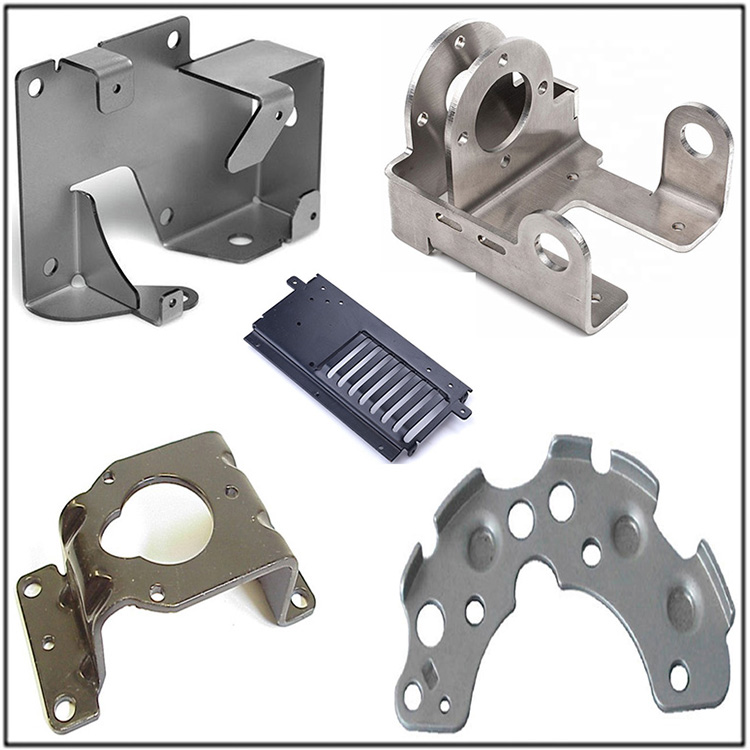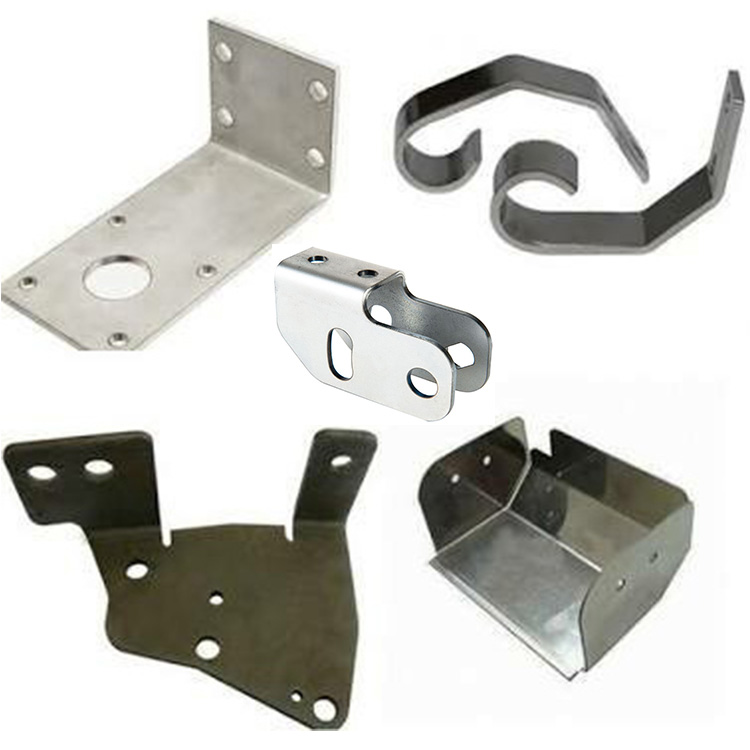
The Key Steps of Hardware Stamping Processing and Manufacturing
In modern industrial production, metal stamping is a crucial process, playing an indispensable role in the manufacturing process of various metal products due to its high efficiency, precision, and economy. The hardware stamping factory, with its exquisite technology and precision equipment, converts metal raw materials into various components in our daily life and industrial applications. Next, let's delve into several key steps in the process of metal stamping processing.
1.Design and material preparation
The journey of hardware stamping begins in the design stage, where engineers carefully design the shape and structure of the mold based on the functional requirements and performance indicators of the product. Subsequently, select suitable metal materials such as stainless steel, iron, aluminum, or copper to ensure they have the necessary strength, toughness, and corrosion resistance. The cutting and pre-treatment of materials, including cutting and bending, ensure the adaptability of materials in subsequent stamping processes.
2.Mold making and precision machining
Mold is the core of hardware stamping, and its accuracy directly affects the quality of the final product. Firstly, by using a computer numerical control (CNC) machining center, the various parts of the mold are initially machined to form basic contours and grooves. Then, the drilling process is used to complete the machining of screw holes and other non precision holes. Next, after water grinding treatment, the surface of the mold is polished smooth and even, ensuring flawless contact with the metal material.
3. Stamping operation
After the mold is ready, the stamping process officially begins. The metal material is placed on a high-precision punching machine, and through the precise matching of the upper and lower molds, enormous pressure is applied to instantly deform the material, which is pressed into shape according to the shape of the mold. This process is both fast and efficient, and can produce highly consistent components in large quantities in a short period of time.
4.Post processing and finishing
Stamped parts may have burrs and irregular edges, so they need to be repaired, such as deburring, polishing, or surface treatment, to ensure that the appearance and function of the parts meet the standards. In addition, for specific products, additional processes such as tapping and riveting may be required to increase the firmness of the connection points.
5.Quality inspection and packaging
After all processing steps are completed, each hardware stamping part undergoes strict quality inspection, including dimensional inspection, functional testing, and appearance evaluation. Only parts that pass the inspection will enter the packaging process and be ready for shipment to the customer. Packaging not only protects products from damage during transportation, but also plays an important role in ensuring product image.
Epilogue:
Hardware stamping processing, from design to finished products, every step embodies the perfect combination of craftsmanship spirit and industrial technology. In a hardware stamping factory, every detail is related to product quality and production efficiency. Behind this seemingly simple process lies a complex and refined manufacturing process, as well as a pursuit of excellence in the process. With the advancement of technology, the metal stamping process will continue to be optimized, bringing higher precision, lower costs, and richer innovation possibilities to the manufacturing industry.









